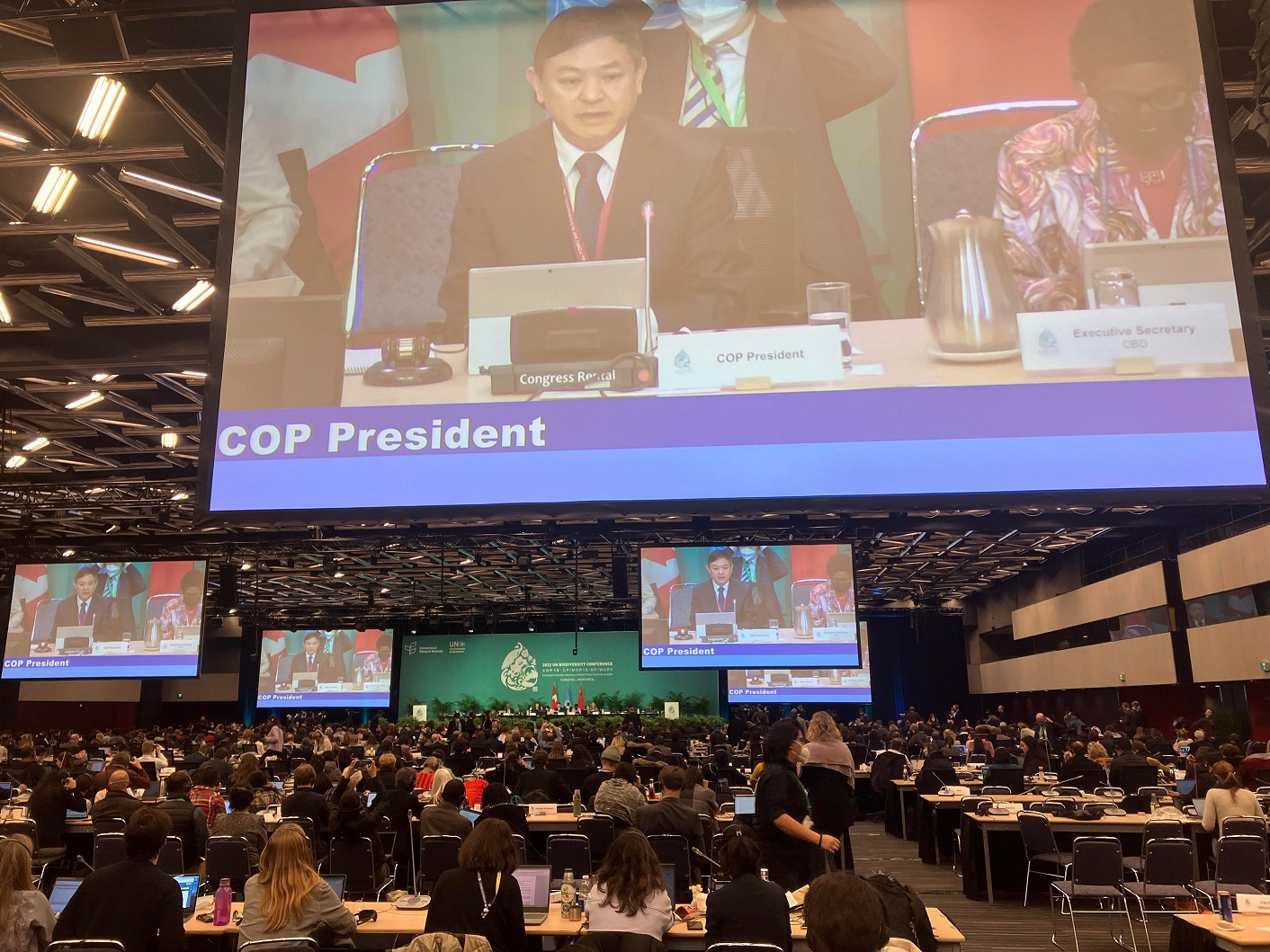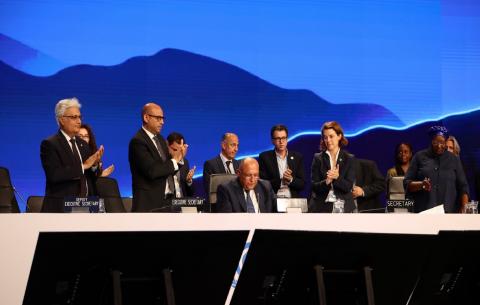Reactions to the agreement reached at the UN Biodiversity Conference COP15
Governments meeting at the COP15 UN Biodiversity Conference in Montreal (Canada) have reached an agreement after two weeks of negotiations. The "Kunming-Montreal Global Biodiversity Framework" aims to protect one third of land and oceans by 2030.

COP15. UN Biodiversity
Lluís Brotons - COP15
Lluís Brotons
CSIC researcher at CREAF and co-coordinator of the Laboratory for Biodiversity and Landscape Ecology
This is not the Paris Biodiversity Agreement, but it is clearly a positive step in the right direction. In what direction? In the direction of making the conservation of biodiversity and the services it provides to society one of the key axes of its development.
Without the conservation of biodiversity and the natural processes that sustain it, the future of humankind will be threatened. This new global biodiversity framework explicitly recognises this and identifies general and specific targets for reversing biodiversity loss in the near future.
Not only does it state that existing natural values need to be protected, but that emphasis needs to be placed on restoring nature where its fundamental networks have been eroded and, above all, it identifies the need to reduce the impact of the agents of change that are behind this erosion (invasive species, pollution, unsustainable use of biodiversity, etc.). It is here that the global framework will come up against the reality of the existence of sectoral policies (food security, energy, etc.) that often work against the objectives set out in this framework, for example, the current European agricultural policy.
At least there has been a step forward in recognising the importance of tackling the biodiversity crisis and bringing it a little closer to the centre of the global policy agenda. The development of ambitious biodiversity plans at national level and the development of a framework for assessing and monitoring the framework will now be the main framework.
Alicia Pérez-Porro - COP15
Alicia Pérez-Porro
Marine biologist, responsible for policy interaction and institutional relations at the Centre for Ecological Research and Forestry Applications (CREAF) presente in Belém (Brazil)
This is a historic agreement for what it represents, which could be summarised as: a) a global commitment to halt and reverse biodiversity loss by 2030; b) protect 30% of all land and ocean by 2030; c) restore 30% of degraded land by 2030; d) a commitment to end human-induced species extinctions by 2030; and e) unprecedented funding for nature.
The hard work begins now: implementing all these goals in record time, less than 10 years. There is a lot of work ahead, including for the scientific community. Our role will be how to support decision-makers in translating the targets at national, regional and local levels, how to create favourable conditions for implementation and, of course, monitoring to be able to assess whether the implemented actions help us move in the right direction. The agreement is far from perfect and could have benefited from more political ambition, but nothing detracts from the fact that it has taken a lot of hard work to get this far and we now have a roadmap on which we can all work in the same direction.
Miembro del comité asesor del SMC España.
Daniel Villero - COP15
Daniel Villero Pi
Researcher at CREAF. Researcher associated with the CTFC.
Biodiversity monitoring is one of the concepts that is reinforced in the new Kunming-Montreal Global Biodiversity Framework, not only because it is highlighted in some of its targets, but also because it establishes a long-term monitoring framework to ensure compliance with the commitments made.
This monitoring framework is to be operational from 2025 and is based on a set of (mandatory) headline indicators together with a battery of other optional indicators, all of which are related to the goals and targets set.
One of the most arduous aspects negotiated by the least developed countries has been the financing of this ambitious monitoring framework, which has resulted in a commitment to increase the financial flow from developed countries by 30 billion dollars by 2030 (target 19), which, among other things, will serve to guarantee the deployment of the indicators finally accepted.



